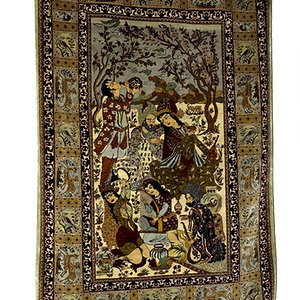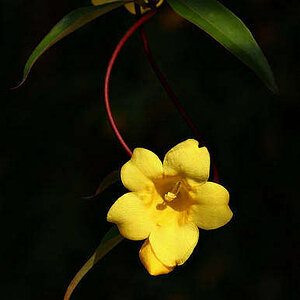rosh4u
No longer a newbie, moving up!
- Joined
- Jun 5, 2017
- Messages
- 336
- Reaction score
- 83
- Location
- Surat
- Can others edit my Photos
- Photos OK to edit
I don't actually remember that what I learned last year as new things happen and there is no end to learning upon which I read so many thing which need to be improved and that changed many things in terms of photography. So keep learning and keep improving.


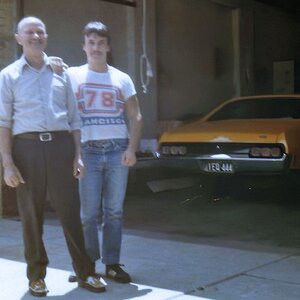
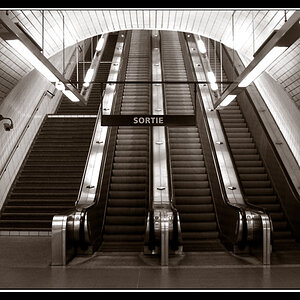
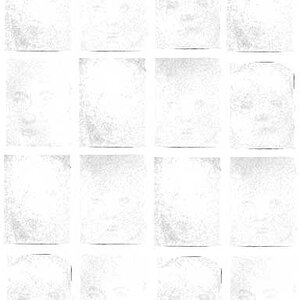
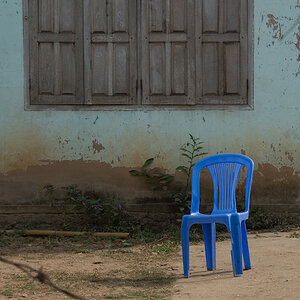
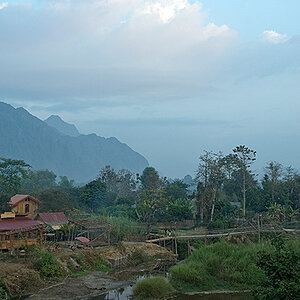
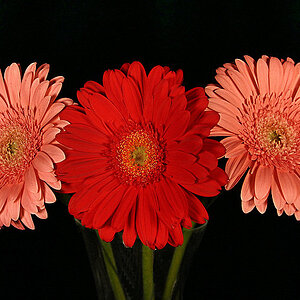
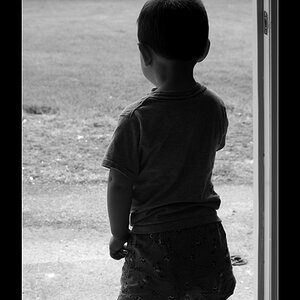
![[No title]](/data/xfmg/thumbnail/30/30881-c36788e79b12973b7bf57c94b46961e9.jpg?1619734495)
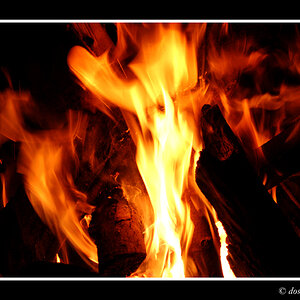
![[No title]](/data/xfmg/thumbnail/30/30878-f33da8abe01acde1dcee7898f41310e1.jpg?1619734493)
